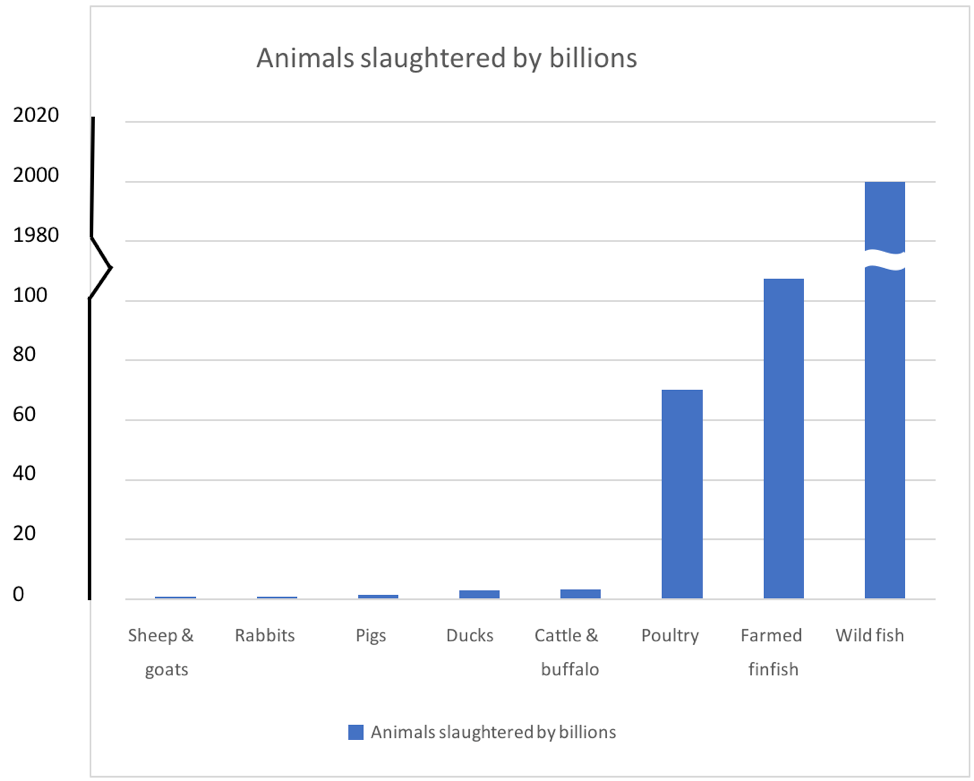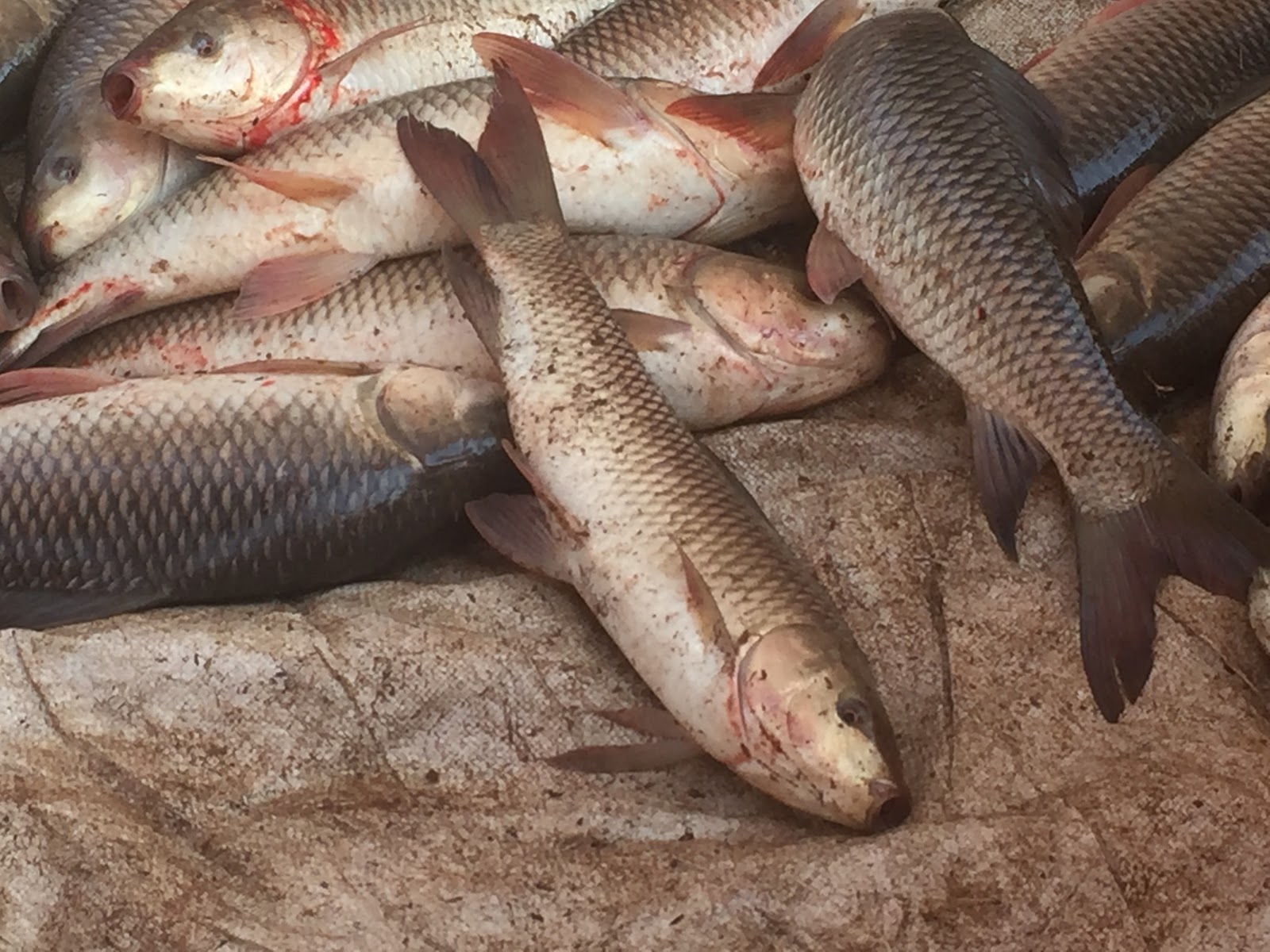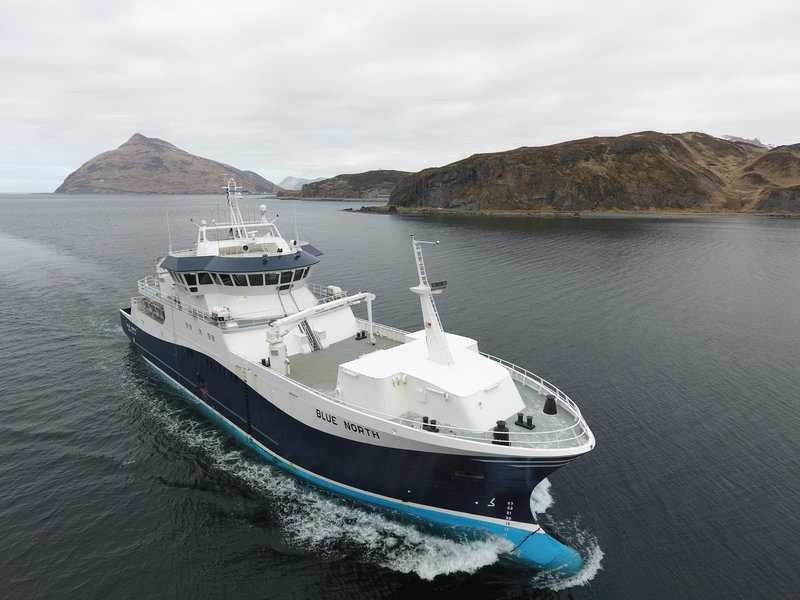This post originally appeared in the monthly farm animal welfare newsletter, usually written by Lewis Bollard, our program officer for farm animal welfare, though this post was written by Amanda Hungerford. Sign up here to receive an email each month with Lewis’ research and insights into farm animal advocacy. Note that the newsletter is not thoroughly vetted by other staff and does not necessarily represent consensus views of Open Philanthropy as a whole.
You have a new author this month! As Lewis mentioned in his last newsletter, I recently joined the Open Philanthropy Project as a Senior Program Associate for Farm Animal Welfare. Lewis and I will probably be taking turns writing the newsletter from here on out.
Coming to Open Philanthropy has given me the opportunity to reconsider which farm animal issues I find most pressing. One issue that stands out to me is slaughter. Although there are some amazing groups and individuals who focus on reducing the suffering caused by slaughter, it’s only a subset of work for most organizations, and seems neglected across the farm animal movement. Should it be more of a priority? In this newsletter, I’ll consider the importance and tractability of slaughter reforms — and the arguments against them.

The state of slaughter
As indicated in the graphic above, the global meat industry slaughters an almost incomprehensibly large number of animals per year. Because the greatest number — by far — of animals slaughtered are poultry and fish, I focus this newsletter on them.
Chickens: The primary method of chicken slaughter, both in the US and globally, involves electric water bath stunning. Workers shackle chickens upside down by their legs on an assembly line moving up to 140 birds/minute. This is a stressful process for birds because their physiology makes it difficult for them to breathe while inverted, and because they often suffer broken wings and legs during shackling. The line then plunges the birds’ heads into electrified water baths (to stun them), drags their necks through an automated blade, and then immerses them in a tank of scalding water. If the birds are properly stunned first and consistently killed by the blade, their actual deaths should be quick and relatively painless. Unfortunately, it appears that many birds are not rendered unconscious by the water bath, and some are not killed by the automated blade. Every month, about 55,000 US chickens are condemned as “cadavers,” meaning that they “were [still] breathing prior to entering the scald vat.”
Fish: There has historically been almost no effort made to reduce the inhumaneness of fish slaughter. The majority of fish are killed without stunning, by asphyxiation either in the air or on the ice. One study found that it takes common species of fish 55-250 minutes to die via asphyxiation. Fish that aren’t asphyxiated often die by being live gutted; the same study found that live gutting can take up to 25-65 minutes to kill the fish. Fish who are stunned are typically struck on the head (percussive stunning), stunned electrically, or stunned using gas. Pre-slaughter stunning is more common in wealthier nations (like the UK, Northern Europe, Chile, Canada, and Australia) and for high-value species (like salmon and trout).

Slaughter can — and should — be reformed
So if the current methods of slaughter are deeply flawed, what are the alternatives?
Chickens: We know that the most common method of chicken slaughter — with water bath stunning — requires painful shackling and inversion and is often ineffective. That is why advocates have begun to ask companies to switch to controlled atmosphere stunning (or, “CAS”). In CAS systems, unshackled birds are exposed to carbon dioxide, inert gases, or some combination thereof.
Most CAS systems in the United States use carbon dioxide, but there is still disagreement among animal researchers about how humane CO2 systems are. Some researchers believe that while higher levels of CO2 may cause birds discomfort, lower levels are only mildly aversive. Much of that research (summarized here) has studied the two-step practice of inducing unconsciousness with lower levels of CO2, and then exposing birds to a higher, lethal dose. The research typically has determined aversiveness by examining birds’ willingness to enter feeding chambers with varying levels of gas mixtures. Other studies have found that any CO2 level sufficient to cause stunning or death carries with it aversive effects. Researchers I spoke with were concerned about the replicability of CO2 studies, and nearly everyone I’ve spoken with believes more research needs to be done.
CAS can also be accomplished using inert gases, or a combination of inert gases, carbon dioxide, and/or oxygen. Inert gases are generally thought to be more humane, although they do cause birds to convulse, and can be harder to obtain.
An alternative form of CAS is Low Atmospheric Pressure Stunning, or LAPS. In a LAPS system, chickens are placed in an airtight decompression chamber, and air is removed. Although preliminary LAPS research suggests it could be a less painful form of slaughter, and the European Food Safety Authority just pre-approved its use in Europe, many experts agree that more research is necessary before LAPS is implemented on a broader scale.
That said, nearly all of the researchers and advocates I know agree that LAPS specifically — and CAS generally — are less inhumane than water bath stunning. This is largely because LAPS and other forms of CAS allow birds to be stunned directly in their transport containers, which alleviates humane handling concerns, and obviates the need for inverted shackling.
Fish: Because fish have historically been the forgotten farm animal, they are the species for which we have the least information on humane methods of slaughter. That is slowly changing, though. The Humane Slaughter Association recently released a report on fish slaughter, exploring what slaughter methods are already best understood, and where more research needs to be focused. The report concluded that death by asphyxia (in the air or against ice), hypothermia in ice slurry, gill cutting, decapitation, ammonia, and high concentrations of carbon dioxide — without prior stunning — “cause considerable distress” in fish, and should be avoided where possible. The report also found that percussive and in-water electric stunning are more humane than both other forms of stunning and slaughter without stunning, and, pending research on new forms of stunning, should be widely implemented.

The arguments against slaughter reform
The most common argument I’ve heard against focusing on slaughter is that it is more important to alleviate longer-lasting forms of suffering. Say, for example, that shackle to slaughter, a chicken’s death takes 30 seconds. The rest of her life is 135,360 times that length. That means, according to this argument, that for slaughter to be a worthy focus, a chicken’s death must be 135,360 times worse than her life on the farm.
Slaughter may well be that much worse than life on the farm — thoughtful people have argued that a significant proportion of the suffering farm animals endure occurs during slaughter. But the truth is we don’t really know how to meaningfully compare acute and chronic suffering. People use the same hypotheticals to arrive at opposite conclusions. I’ve heard people argue, with equal passion, “I would, of course, endure being boiled alive in exchange for avoiding a lifetime in a cage,” and “I would, of course, be willing to spend a lifetime in a cage to avoid being boiled alive.” But almost none of us have lived experiences that make these hypotheticals more than guesswork.
One value in focusing on reforming slaughter is that it should be relatively achievable, and represents a low-hanging fruit. The industry has already engaged in slaughter reform before. In the late 90s, in response to a PR scandal, McDonald’s hired animal welfare scientist Temple Grandin to help them reform their cattle slaughter processes. Grandin designed — and most cattle slaughterhouses implemented — improvements such as curved chutes and center-track restrainers. Curved chutes move cattle forward while keeping them calmer, which helps reduce the number of injuries they suffer. Center-track restrainers hold cattle still, so that handlers can stun them more effectively, and reduce the likelihood of conscious slaughter.
The industry has incorporated some improvements in poultry. Already, a fifth of European birds are slaughtered via CAS, as are most American turkeys. Companies like KFC Canada and McDonald’s USA have already announced that they will exclusively buy CAS-stunned birds. Similarly, Perdue has announced it will implement CAS-stunning at its facilities. Corporations’ previous willingness to implement slaughter reform gives reason to believe they might be willing to do it again, on a widespread scale.
This begs the question of why any advocacy effort needs to be directed at slaughter. Why haven’t better alternatives caught on more widely? Mostly the answers seem to be inertia and capital costs. Most stunning systems have long lifespans (sometimes >25 years) meaning they don’t need to be changed often, and a new broiler CAS system can cost more than $10M. Given that few consumers are informed enough to ask about stunning methods, there’s been little pressure to change — a few years ago Cargill called CAS “a significant investment … with a minimal return.”
Thankfully, the pressure is growing. A recent survey of US poultry producers found that most expect 10-49% of the industry to be using CAS by 2024, with another third thinking it will be >50% of the industry — a trend driven largely by CAS’ inclusion in the corporate broiler reform commitment advocates are seeking. Further, slaughter reform can have additional benefits that diminish the corporate pain of increased capital costs. For example, water bath stunning, with its reliance on conscious shackling, has serious worker safety problems, which are solved by CAS.
Reform is happening in the fish context, too. Some retailers, like Tesco, Sainsbury’s, and Waitrose have begun to require that all fish they sell be stunned before slaughter. The Scottish and Norwegian salmon industries already stun fish with bolts to to the head before slaughter. The UK’s RSPCA Assured label, which certifies farmed Atlantic salmon and rainbow trout, requires that both species must “be humanely killed” using stunning. And, recently, a handful of fishermen have outfitted boats that allow for on-board electrical stunning for wild-caught fish.
Slaughter reform can be a tough cause to rally excitement for. A scientist I know who specializes in making slaughter less inhumane told me that it can be challenging to recruit new talent to the field. Scientists who love animals don’t want to find a way to kill them with the least amount of suffering — they want to save them instead.
The same sentiment can be true for activists and funders. Even if every slaughter reform we know of is perfectly enacted, the end result will be less bad, but still bad. Animals will still die; the process will still involve suffering. It’s tempting, then, to want to focus on an issue with happier possible outcomes.
But to do so, I think, ignores the tremendous amount of suffering that we can prevent in the near future. The slaughter process, for many animals, is agonizing. We can reduce — even if we can’t eliminate — a tremendous amount of pain. And unlike many other worthy farm animal welfare initiatives, we can do it today.
